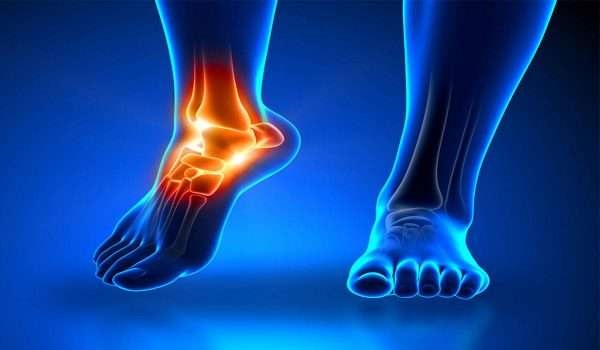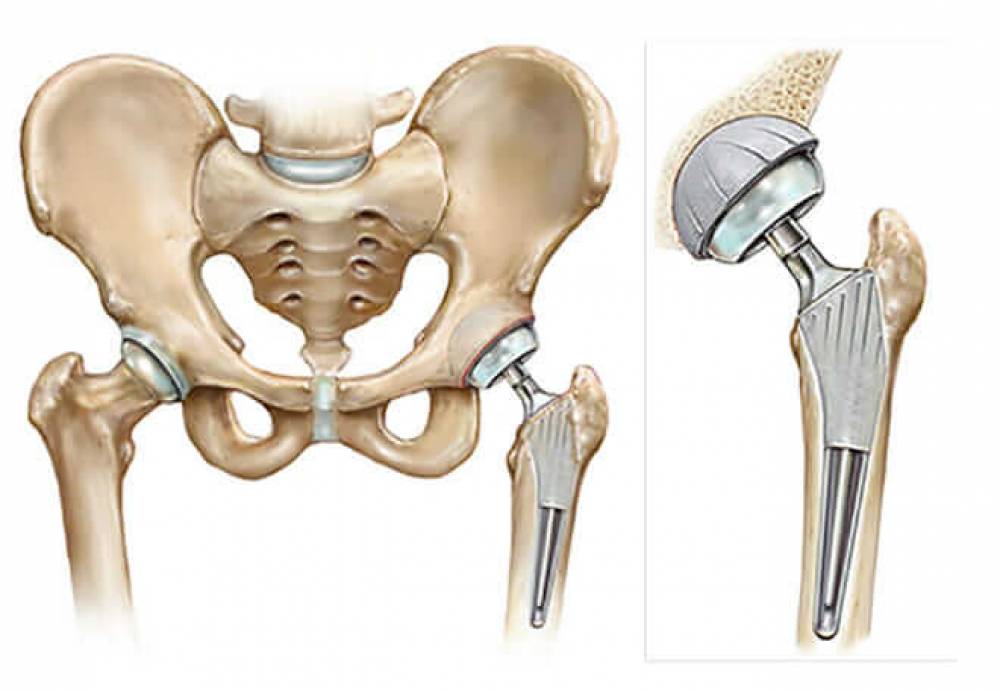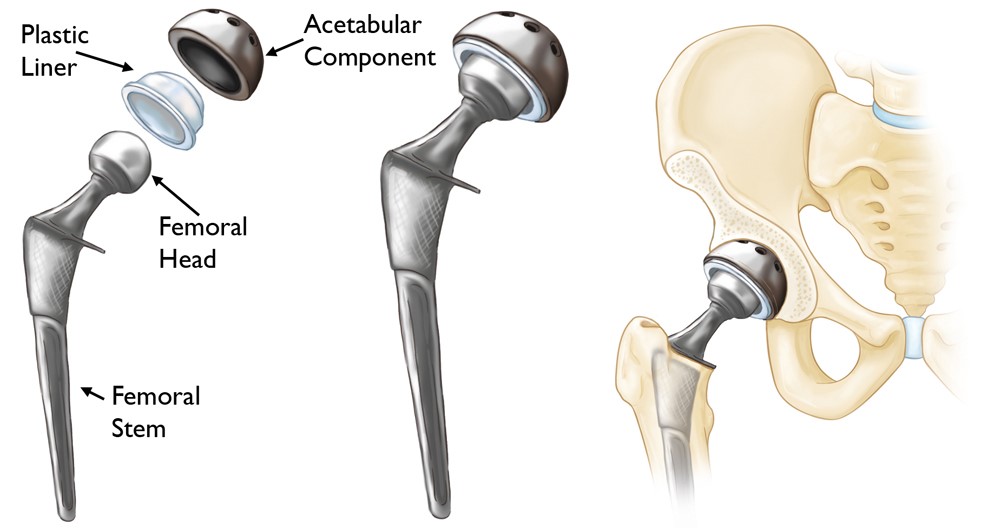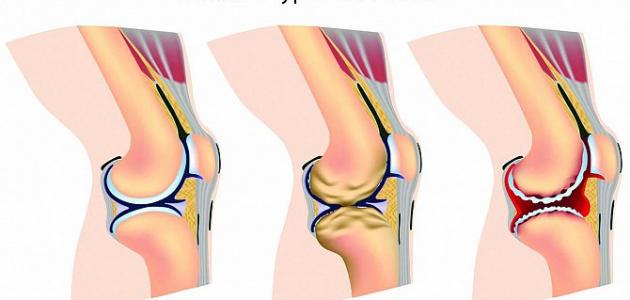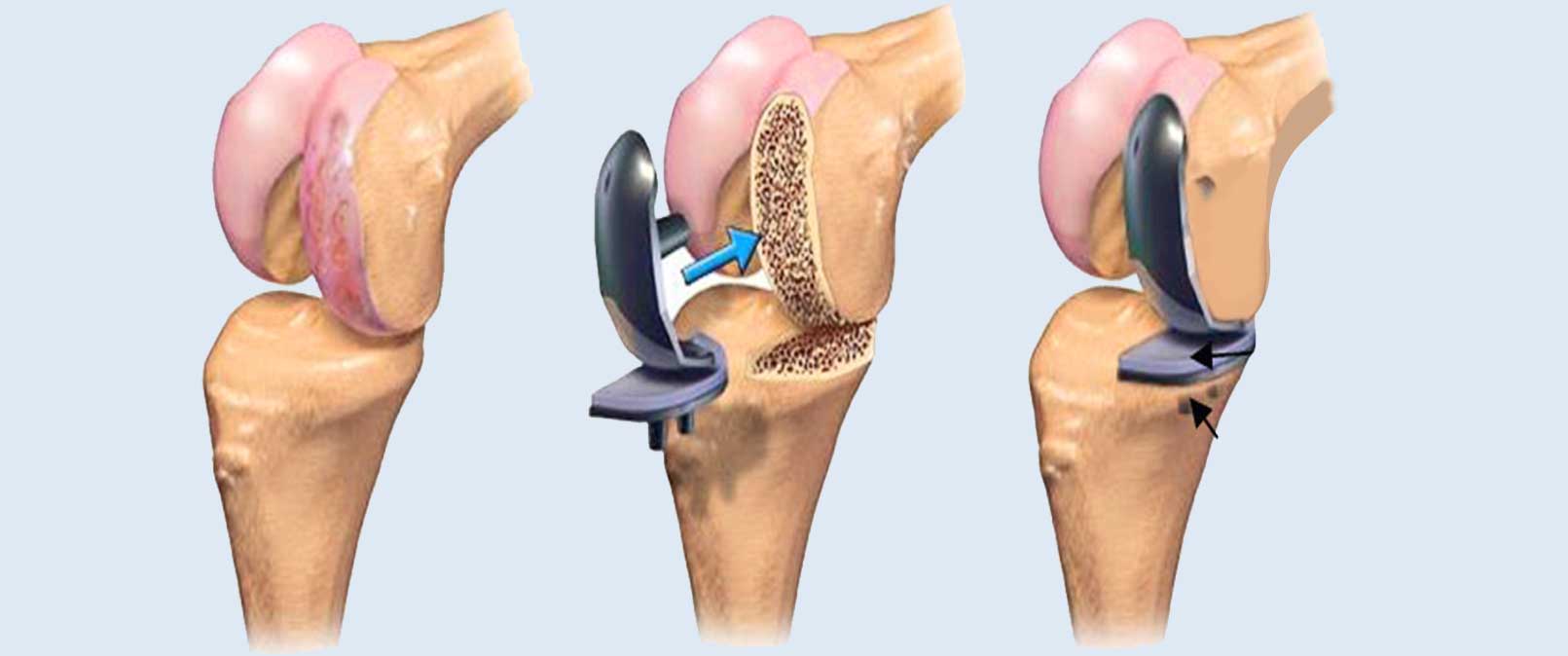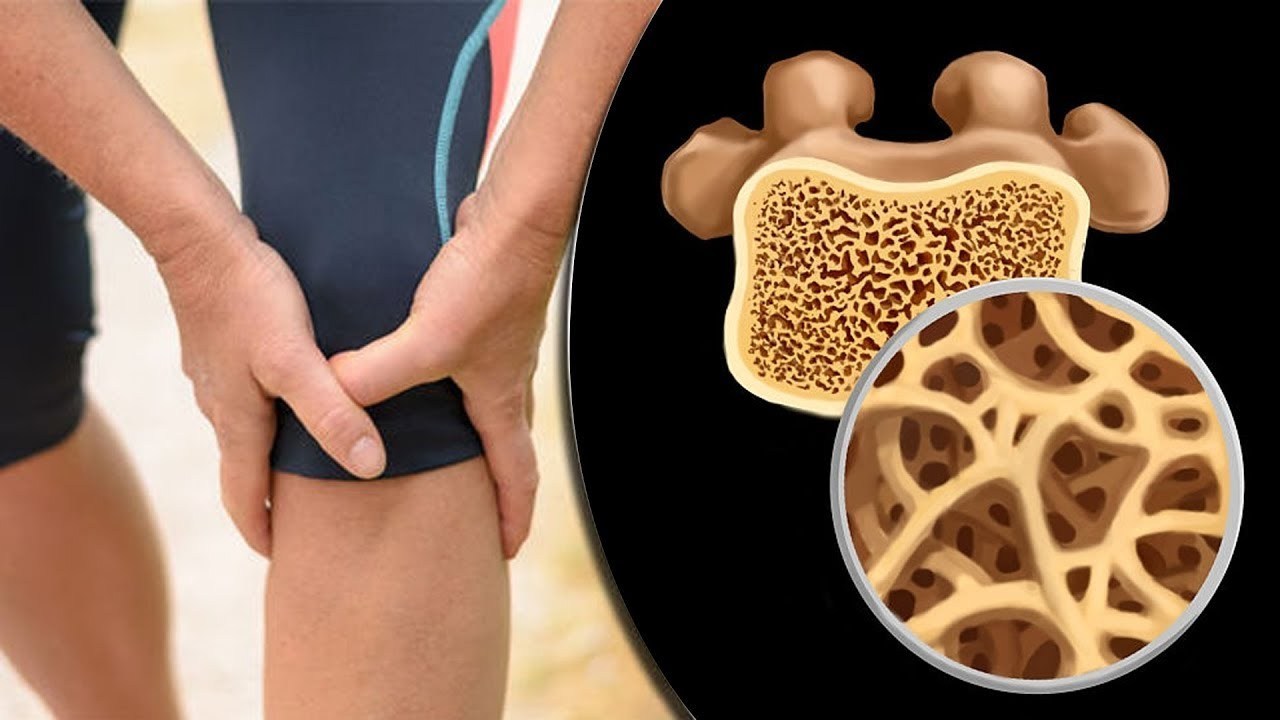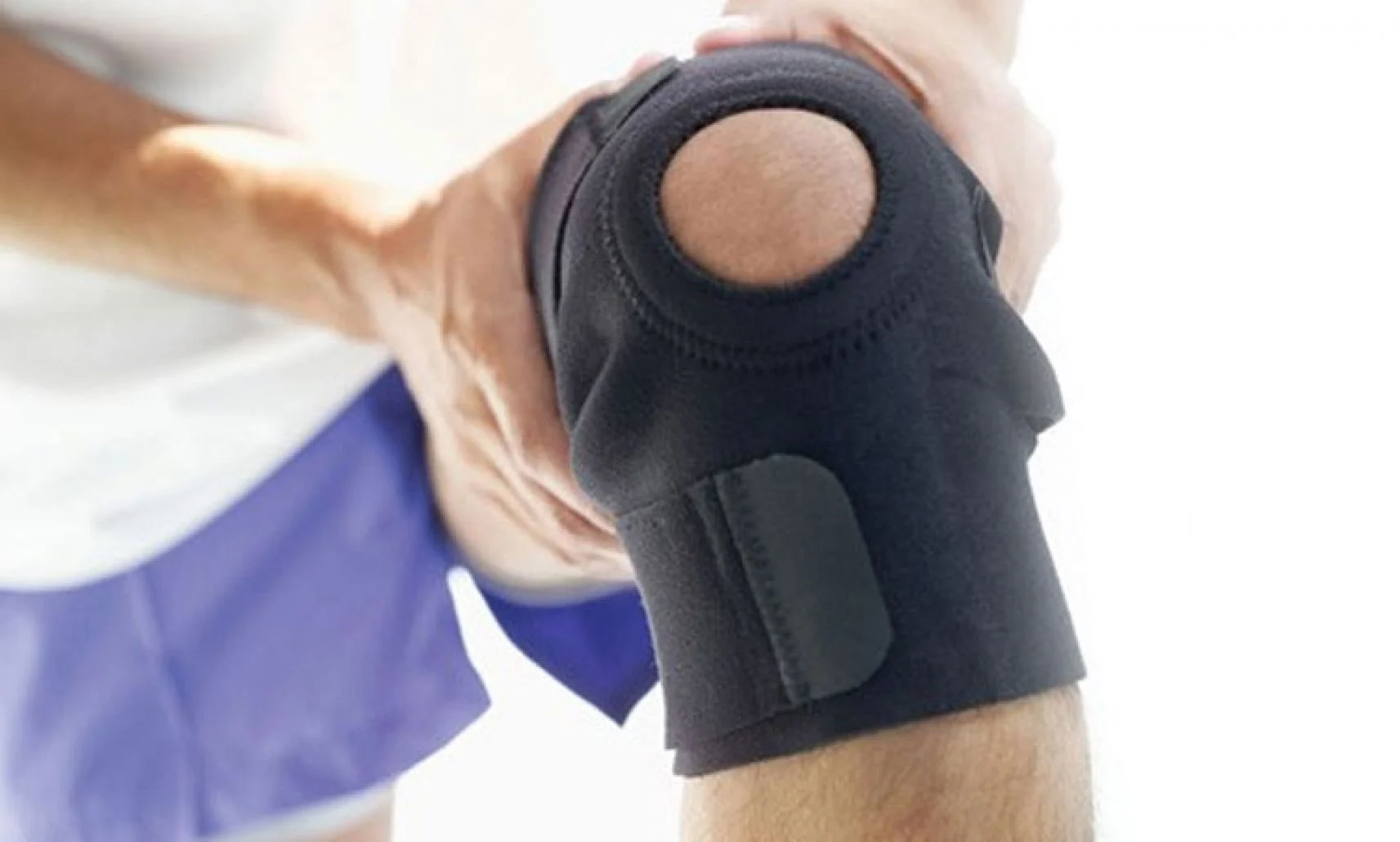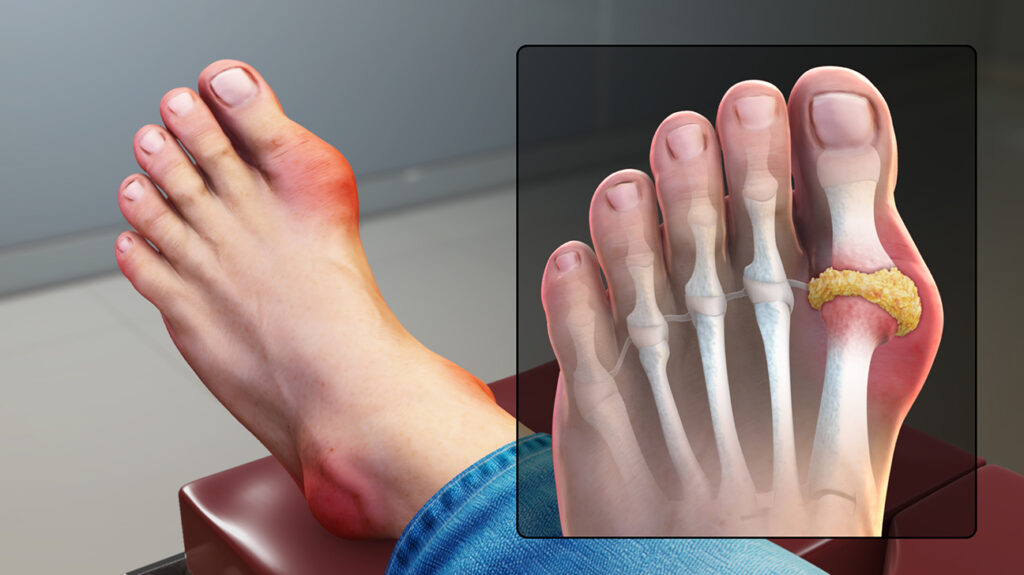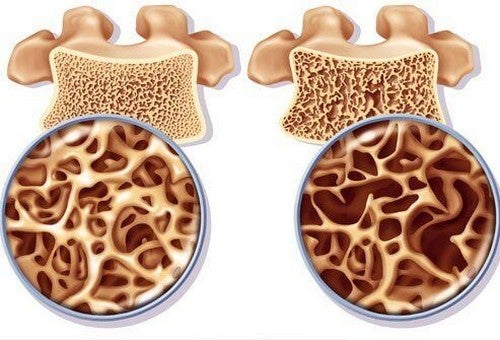?Bone spur injection price, and how can I know if I have a bone spur
Bone spur injection price, The price of a bone spur injection is a topic of interest to many people, whether they are looking into these medical procedures for therapeutic or cosmetic purposes. Using bone spur injections is an advanced medical procedure used in a variety of applications, from repairing sports injuries to improving skin appearance and strengthening the bone structure. In this article, we will explore the concept of bone spur injections in depth and highlight the factors that influence pricing for these procedures. We will also discuss cost determining factors and costs associated with different treatments using bone spur injections. With a better understanding of these processes and their costs, individuals can make an informed decision about whether this treatment is suitable for their needs, so follow us.

Bone spur injection price
The price of a bone spur injection varies based on several factors, including geographic location, medical institution, and costs of medical materials used in treatment. It is important for patients to be aware of the expected cost for this medical procedure so they can plan accordingly. In most cases, bone spur treatments involve localized injections to reduce inflammation. Some doctors use corticosteroids or antibiotics in the localized injection to reduce inflammation, pain. The price of this localized injection can be around 100 EGP in addition to the cost of medical materials used, which can reach up to 1300 EGP.
There is also another injection used in treatments – the gelatin injection. The gelatin material is injected into the bone spur area to enhance bone quality and healing. The price of this injection also includes the cost of the medical visit, which is added to the price of the gelatin material. This can be around 100 EGP for the visit and 1300 EGP for the gelatin material. It is worth mentioning that these costs are estimates based on price averages available online, and they may vary according to treatment area, chosen hospital or medical center. In addition, patients should consult specialized doctors to get more accurate estimates and ensure proper medical care for their health condition.
Get effective and exclusive treatment for bone spur injections with Dr. Amr Aml.
What is the name of the bone spur injection?
The bone spur injection is one of the methods for treating bone diseases that affect the heel area. Bone spurs, known as inflammation in the soft tissues surrounding the heel, can be clearly seen on x-rays as a bony protrusion. Bone spurs are a common and painful medical condition that many people suffer from. To treat bone spurs in the foot, several methods are used, including corticosteroid injection. This treatment involves injecting the steroid into the affected area to reduce inflammation and pain. This treatment is effective in many cases and helps relieve symptoms.
In addition, it is advisable to use a night splint to help the foot relax during sleep. This device works to reduce pressure on the heel and relieve pain. Exercising on hard surfaces can also help strengthen muscles around the heel and reduce inflammation. Under no circumstances should bone spurs be surgically removed, as they are not the main cause of heel pain. The common cause of heel pain is wearing down of fibers under the heel. In general, bone spurs are dealt with using the aforementioned means and relieving symptoms rather than completely removing them.
Dr. Amr Aml provides advanced solutions for accurately and carefully treating bone spur injections.
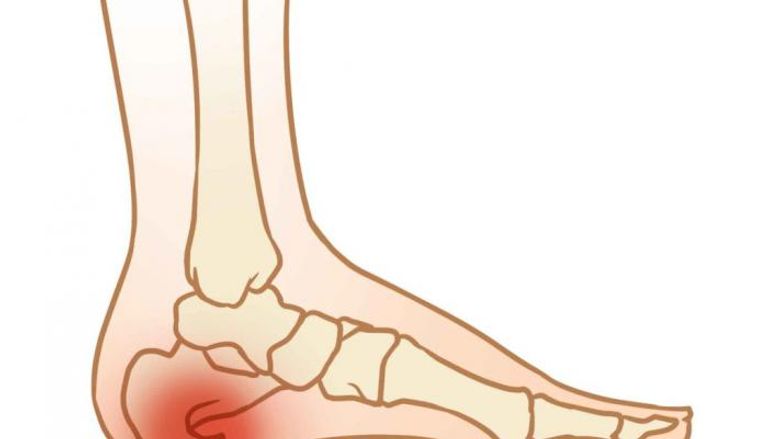
How do I know if I have a bone spur?
Bone spurs may be one of the common foot health issues. Here are some signs and symptoms indicating bone spurs:
- Pain in the heel area: One of the main symptoms of bone spurs is feeling pain in the bottom of the heel. The pain may vary in severity and progressively worsen over time. Some people may feel a burning or aching in the foot that extends up the heel.
- Pain in the middle of the bottom of the foot: In addition to heel pain, some people may also feel pain in the middle of the bottom of the foot. This pain may be similar to that occurring in the heel area.
- Severe pain under the heel: In some cases, the pain under the heel is very severe. The person may feel like their foot has been pierced by a nail. This pain may become more intense with movement and standing for long periods.
- Swelling and redness in the affected area: A person with a bone spur may notice swelling and redness in the affected area, indicating inflammation and the body’s response to injury.
- Difficulty walking and standing: Bone spurs can affect the ability to walk and stand normally and comfortably. An affected person may have difficulty bearing weight on the affected heel and have trouble leaning on the affected foot.
If you experience any of these symptoms, it is advisable to consult your specialized doctor to evaluate the condition and diagnose bone spurs. Additional tests such as x-rays may be needed to confirm diagnosis and determine appropriate treatment. Remember that this information is just general guidance and cannot replace the opinion of a qualified physician. When experiencing any unusual symptoms, you should contact your doctor to receive necessary care.
Consult Dr. Amr Aml for exceptional care and comprehensive treatment of bone spur injections.
Is bone spur disease chronic?
Bone spur disease, also known as plantar fasciitis, is a common foot health issue affecting the heel and ball of the foot. It results from inflammation of the plantar fascia ligament and surrounding tendons. Although bone spurs are not themselves a chronic disease and can be completely eliminated, they can cause severe and persistent pain if not properly treated.
Bone spurs occur when calcium accumulates in inflamed plantar fasciitis, usually due to persistent foot strain from prolonged standing or intense running, or structural foot arch abnormalities. A small bony spur forms where the bone meets tendons in the heel, and is responsible for acute pain inside the foot. When a person has bone spurs, they usually suffer from sharp heel pain after sleeping or after a long period of sitting. The affected person may feel the pain intensifies when standing or walking for long periods, especially on hard surfaces like pavement. The pain may be accompanied by swelling and inflammation in the affected area.
To treat bone spurs, the patient is advised to avoid activities that increase pressure and strain on the foot, avoid walking on hard or uneven surfaces, and apply hot and cold compresses to relieve pain and reduce inflammation. It is preferable to wear comfortable supportive shoes that provide pressure relief to the heel. Additionally, physical therapy sessions can help strengthen muscles surrounding the foot and improve balance and flexibility. In cases where pain does not improve with conservative treatment, doctors may opt for surgery to remove the bone spur and treat plantar fasciitis inflammation.
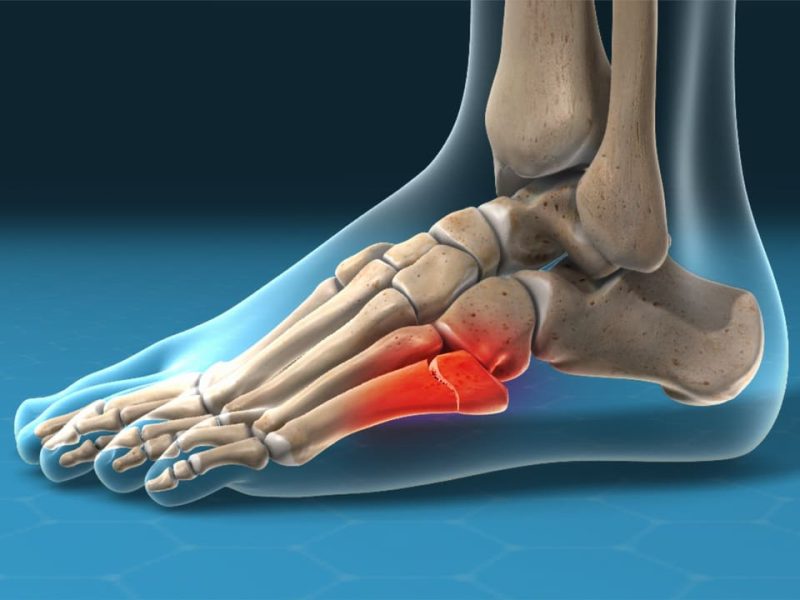
What is the fastest treatment for bone spurs?
Bone spurs are an inflammation in the heel joint, and are considered one of the chronic diseases that cause severe pain in the foot. This inflammation is a result of arthritis, and the pain associated with bone spurs can be severe and annoying, affecting the lives of those with it.
Although there is no instant cure for bone spurs, there are many steps that can be taken to improve the condition and relieve pain. Treatment may include various types such as home remedies, prevention, medical and medicinal treatment. It is initially recommended to follow some simple steps to treat bone spurs. Several steps can be taken at home to relieve pain in the foot affected by bone spurs. Patients should rest regularly, avoid strenuous athletic activities, and take anti-inflammatory medications, such as ibuprofen, which can be effective in reducing pain and swelling. An ointment can also be used to relieve pain in the affected foot.
In addition, patients are advised to avoid putting pressure on the bone spur and minimize the use of the affected foot as much as possible. Wearing shoes with medical padding can be helpful in this case. It is also recommended to pad cushions under the foot when sitting and sleeping to reduce pressure on the affected joint. In addition to home treatments, doctors can provide a range of medical treatments to help patients get rid of bone spurs. Doctors may suggest the use of local cortisone injections to reduce inflammation in the affected joint. In some cases, this can help relieve pain temporarily.
Dr. Amr Aml’s experience in treating bone spur injections makes him the ideal choice for patients with severe pain.
Is injection good for bone spurs?
Bone spurs are a condition that causes severe pain in the heel due to the formation of calcium deposits in the tendons attached to the bone. In general, bone spurs are treated using conservative treatments such as painkillers, physiotherapy. However, in some cases that do not respond to conservative treatment, injection is used as a treatment option. Cortisone injections and PRP plasma injections are one of the types of injections that can be used in cases of heel bone spurs. Cortisone injections work to reduce inflammation and pain in the affected area and can be useful in cases of severe pain and non-response of bone spurs to other treatments. As for PRP plasma injections, they are used to accelerate the healing process and stimulate tissue growth, and have shown great effectiveness in improving pain and increasing walking ability in various studies.
We cannot overlook that there are some home remedies that can help treat bone spurs. Among these treatments is the use of apple cider vinegar, which is believed to help dissolve calcium deposits that form bone spurs. Patients are also advised to wear comfortable and supportive shoes for the foot’s first arch, and use medical pads to reduce pressure on the heel. The specialist doctor should be consulted before making any decision regarding injection as a treatment for bone spurs. The doctor will assess the patient’s condition and determine if the injection will be effective and safe in their individual case. Injections may be beneficial in some cases but they are not always the best option. Patients may be recommended to try conservative treatments first before resorting to injection as a secondary option.
Dr. Amr Aml knows how to provide comfort and pain relief for patients with bone spur injections.

How long does bone spur treatment take?
Bone spurs, also known as plantar fasciitis, are one of the painful conditions that affect the feet. The duration of treatment for bone spurs or plantar fasciitis is important information sought by those affected by this condition. Treatment for bone spurs or plantar fasciitis can take 6 to 9 months, largely depending on the characteristics of the condition and associated symptoms. To reduce pain and speed up the healing process, the patient needs to continue treatment for a long period.
Doctors instruct patients to avoid excessive loads and reduce standing and sitting for long periods. During sleep, the foot should be placed at a 90 degree angle to reduce pressure on the bone spur.
The drug treatment for bone spurs involves the use of a variety of medications that work to relieve pain and inflammation. Non-steroidal anti-inflammatory drugs such as ibuprofen are often recommended for 3 to 6 months, as they help reduce pain and inflammation. In addition, ice is also applied to the affected area for 20 minutes to reduce inflammation. Additionally, various types of physiotherapy are used in the treatment of bone spur conditions. This can include massage, therapeutic exercises, balance exercises, and exercises to strengthen the muscles surrounding the bone spur. These techniques help strengthen muscles and improve overall stability of the foot.
Learn about Dr. Amr Aml’s specialized services in treating bone spur injections and get ready to live pain free.
How to get rid of heel spurs?
Heel spurs are considered one of the health problems that can cause severe pain, restrict the movement of the affected person. Although surgery is one of the treatments that is resorted to in case the symptoms persist, there are a number of ways that can help get rid of heel spurs at home. In this article, we will review 5 effective methods that can be followed to get rid of this problem.
- Applying cold compresses: Cold compresses are important means to relieve pain and swelling caused by heel spurs. You can use an ice bag or a towel soaked in cold water and place it on the affected area for 15-20 minutes several times a day.
- Massage with essential oils: Essential oils such as lavender and ginger oil are effective means to relieve pain and calm inflammation. You can use a few drops of the chosen oil with a carrier oil such as coconut or olive oil and gently massage the affected area for 10-15 minutes daily.
- Practicing stretching exercises and strengthening muscles: Stretching exercises and strengthening muscles surrounding the heel spur can help improve movement and reduce pain. Among these exercises, the leg curl or gentle heel cord stretch can strengthen and stabilize muscles surrounding the heel spur.
- Reducing excessive standing and sitting: Avoiding prolonged standing and sitting without short breaks can help relieve pressure on the heel spur and reduce pain. Try to move regularly or change your sitting position to prevent increased pressure on the affected area.
- Using aids: You can also use some aids to reduce pain and improve movement. Among these aids, you can use custom supportive shoes to relieve pressure on the heel spur and help you walk properly.
It should be noted that if the symptoms persist or worsen, it is important to consult a specialist to assess the condition and guide the appropriate treatment. Also, these methods are provided as general advice and needs may vary from person to person, so it is best to consult a doctor before applying any therapeutic method.
Take advantage of the superior care and extensive experience of Dr. Amr Amal in treating bone heel spur.
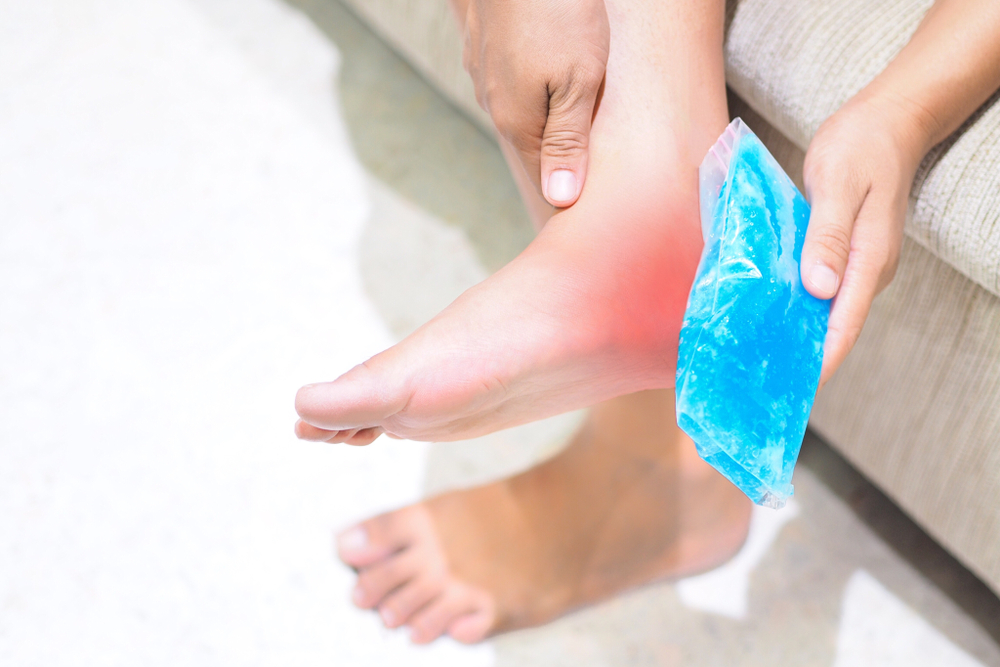
Is heel spur disease dangerous?
Heel spur disease is a common problem that affects many people around the world. This disease is characterized by the formation of a small bony protrusion at the bottom of the heel or in the middle of the bottom of the foot, which can cause pain and irritation in the surrounding area. Although most cases are not serious and do not cause major problems, they may affect the quality of life of the affected individual. The symptoms of heel spur disease include pain in the heel area or bottom of the foot, which increases in severity over time. The pain may recur with long periods of walking or standing, as well as after the person wakes up from sleep. Pain may also increase when walking on hard ground or wearing inappropriate shoes. Some people may feel a burning or stinging sensation in the affected area.
Heel spur disease is diagnosed through physical examination and medical history of the patient. X-rays may be used to confirm the diagnosis and assess the severity of the bony protrusion. Additional tests such as MRI may also be done to rule out any other possible diseases. In most cases, heel spur disease does not require special treatment. Symptoms can be managed by changing shoes and using aids such as arch supports or protective pads. Ice or medication can also be used to reduce pain and inflammation. In rare and severe cases, surgical techniques can be used to remove the bony protrusion or relieve pain.
In general, heel spur disease is a non-serious condition and symptoms may subside over time. It is advisable to see a doctor if the pain persists, worsens, or does not respond to home treatments. There may be other diseases causing similar symptoms, so early diagnosis and appropriate treatment are important to effectively manage heel spur disease and improve quality of life.
Dr. Amr Amal provides exceptional treatment for patients suffering from bone heel spur painlessly.
Best doctor for treating heel spur
When it comes to treating heel spur in the heel bone, Dr. Amr Aml is the ideal choice. Dr. Amr Aml is a specialist in orthopedics and surgery, with extensive experience in this field. Dr. Amr Amal works as an assistant professor at Ain Shams University Hospitals, and has successfully performed many heel spur surgery operations. This surgery aims to treat fractures or deformities in the heel spur bones that greatly affect patients’ lives.
In addition to his specialization in heel spur surgery, Dr. Amr Amal is an expert in treating back and joint pain using minimally invasive techniques without surgery. The center where Dr. Amr Aml works relies on the latest technologies and tools in the field of orthopedic and joint surgery. Dr. Amr Amal has extensive experience and excellent skills in foot surgery. He has received in-depth training in his field in Egypt and abroad. He is a consultant orthopedic and joint surgeon and a faculty member at Ain Shams University. This ensures that he continuously follows the latest developments and innovations in his field and uses best practices to provide the best service to his patients.
In Egypt, there are many orthopedic doctors specializing in treating heel spurs. Nevertheless, Dr. Amr Aml distinguishes himself with his skill and extensive experience in this field. He fully understands that diagnosing and treating heel spur problems requires a deep understanding of the structure of the foot and the body in general. Thanks to Dr. Amr Aml’s guidance and personal care, patients can be confident that they are in good hands and that they will receive the care and attention necessary for a quick and successful recovery. If you suffer from heel bone pain, the best place for your treatment is with Dr. Amr Aml.

